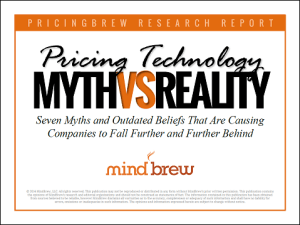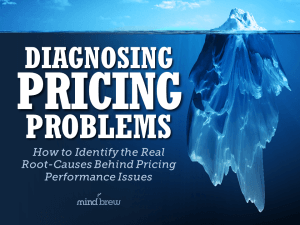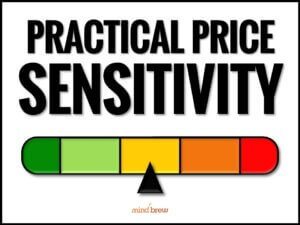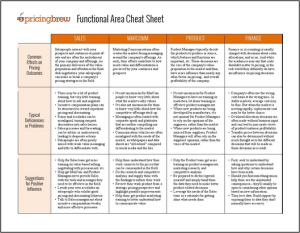If you’ve heard of Garry Kasparov, you probably know that he was one of the greatest chess grandmasters of all time. At the age of 22, he became the World Chess Champion, and he was the highest ranked human player between 1985 and his retirement in 2005.
That word “human” is important because some of Kasparov’s most memorable matches weren’t against other people but against computers. You see, Kasparov’s chess career overlapped with the technological “sweet spot” where humans and machine players were close to equal in proficiency. In fact, early in his career, the computers weren’t really all that good at chess. In 1985, he played against 32 computers at once and beat them all.
But the chess software improved rapidly, and in 1997, the IBM supercomputer Deep Blue beat Kasparov in a six-game match. It was the first time a machine had bested a chess world champion, and Kasparov always suspected that IBM had cheated and allowed a human to intervene during the match. In 2003, matches between Kasparov and two other supercomputers ended in draws.
Today, of course, computerized chess engines can beat even the best human players. Chess fans and players still enjoy watching humans play each other, but there’s not much point in pitting humans against machines any more.
Why is this important for pricing professionals?
Today’s pricing technology is currently in the technological “sweet spot.” Artificial intelligence-based pricing engines are about as good as human practitioners.
But that situation isn’t going to last forever.
Thanks to machine learning technology, pricing software is improving at an exponential pace and will soon leave even the most mathematically inclined pricing professionals in the dust.
So should you be considering a career change?
In a word, nope.
However, you do need to be aware of this new reality that is coming. You need to stay on top of the latest advances in technology so that you can make good recommendations to your company about which tools to use.
More importantly, you need to start thinking more strategically about pricing. You see, most AI experts say that machines won’t replace humans in the workplace; instead, humans and machines will work together. In fact, that’s also the view now taken by Garry Kasparov, who said, “In 1997, I realized it was time to look to humans and machines working together.”
He added, “With so much power now brought by machines, we have to find a refuge in our humanity. It’s about our creativity, our intuition, our human qualities that machines will always lack. So we have to define the territory where machines should concentrate their efforts. This is a new form of collaboration where we recognize what we’re good at and not interfere with machines where they’re superior — even if it hurts our pride.”
When it comes to pricing, the thing that humans are good at and computers are not — yet — is creative strategy. Sure, the computer might be able to predict how a certain price will affect sales and margins, but it takes a human to see which strategy will best align with overall business goals.
As you prepare yourself for a world where humans and machines work together on pricing, we’d recommend the following four resources as a way to get started:
All About Price Optimization
Myth Vs. Reality in Pricing Technology
Underrated Pricing Technology Evaluation Criteria
How Technology Can Pay You & Your Company

















